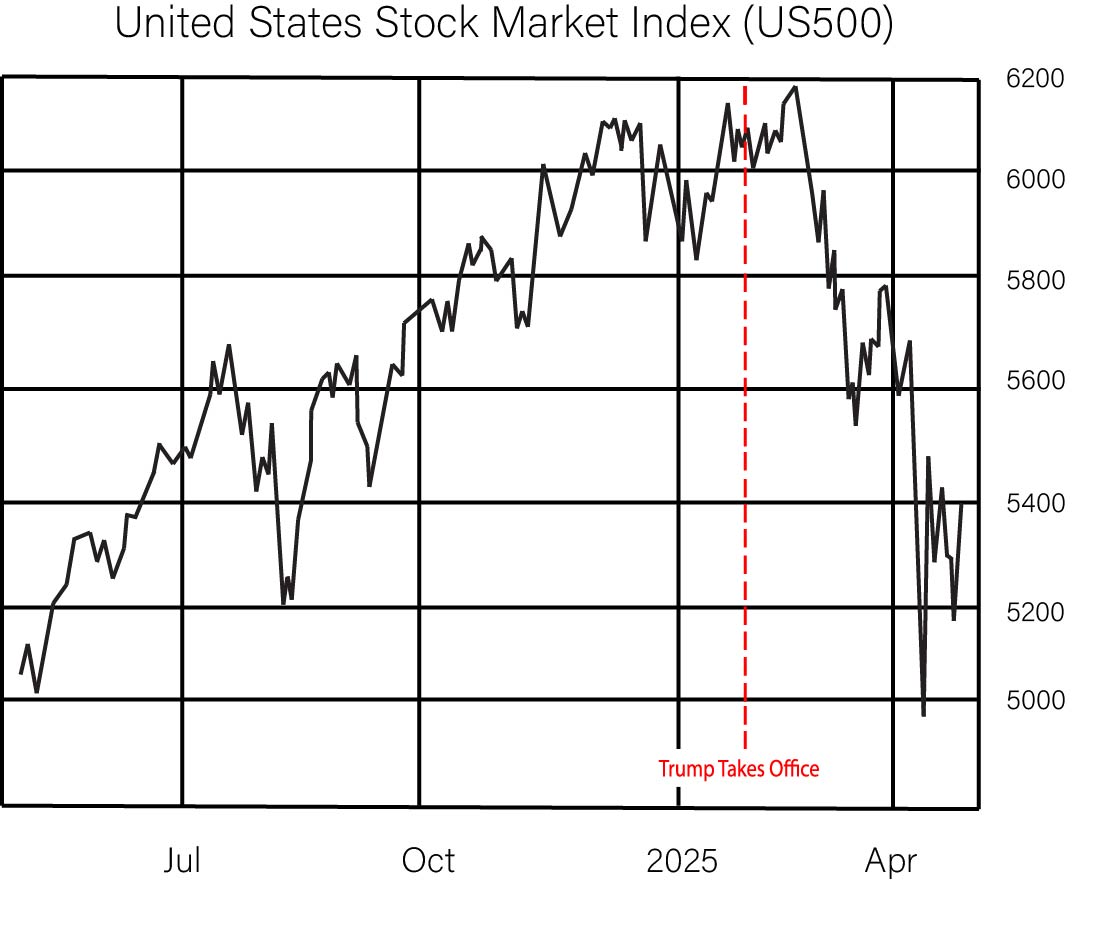What is National Women’s History Month?
Grete Waitz, won nine New York City Marathons, women’s division, between 1978 and 1988, the highest number of victories in a single big city marathon in history.
National Women’s History Month begins on the first day of March in the United States, as it was designated by the US Congress in 1987. This month is aimed to acknowledge the past achievements of women through history that have helped move society to where we are now. The origin of this designated month began when in early 1980, President Jimmy Carter issued the first presidential proclamation stating the week of March 8 would now be National Women’s History Week. This week-long celebration later grew to become Women’s History Month.
Some significant women who are recognized during this time are Rosa Parks, Susan B. Anthony and Elizabeth Cady Stanton.
Rosa Parks is a prominent figure of National Women’s History Month because her refusal to give up her seat changed the standards during the Civil Rights Movement. Her defiance sparked a successful boycott of buses in Montgomery a few days later.
Susan B. Anthony was an esteemed leader of the women’s suffrage movement along with Elizabeth Cady Stanton. Susan B. Anthony fought for equal rights, anti-slavery, and equal pay for women through protests or rallies. Elizabeth Cady Stanton was a famed activist for women’s rights as well and made her memorable debut at the Seneca Falls Convention which led to the drafting of The Declaration of Sentiments, which established the need for women’s equality and suffrage. Susan B. Anthony and Elizabeth Cady Stanton worked together to obtain the achievement of gathering enough signatures to pass the 13th Amendment to the U.S. Constitution in 1865, which officially abolished slavery.
There are many more women who made revolutionary steps to where the nation is today which ties into the true purpose of Women’s History Month; to remember these women so their accomplishments are not forgotten.
I'm a Junior in highschool. I play on the varsity tennis team and am involved in NHS. This will be my second year on the Newspaper team.






























































